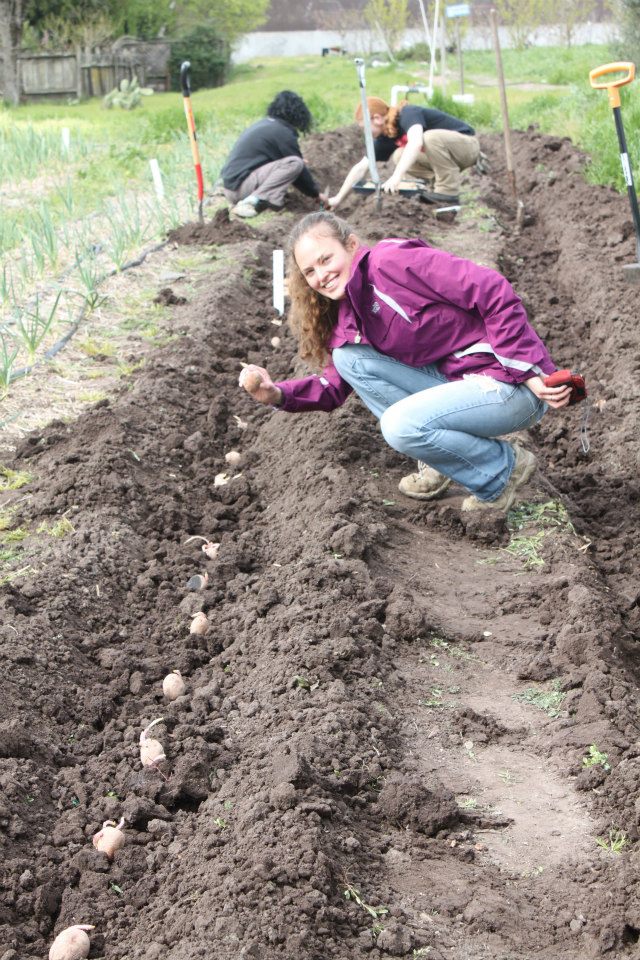Megan Jackson
The Impact of Soil Lead Contamination on Native Bees in Urban Areas
This fall I will be analyzing data collected over the summer using a SPUR grant that I was awarded. The tasks involved will be pinning and labeling bees and compiling soil, floral, and bee data. My faculty research sponsor is soil scientist and Professor Celine Pallud. In addition, I will be assisted with bee identification and floral analysis by PhD candidate Hillary Sardinas who has spent several years conducting research on native bees.
The objective of my research is to determine if there is any correlation between soil lead contamination and native bee populations in urban areas. In the wake of Colony Collapse Disorder which relates to the disapearance of European honey bees (Apis mellifera), the main source of commercial pollination services in agriculture, more attention is being given to assessing the potential of native bee species to meet these needs. Several professors at UC Berkeley, including Claire Kremen and Gordon Frankie have done extensive research and outreach on both the pollination potential of native bees, and on the habitat requirements for maintaining their presence in urban gardens and agricultural fields. Native bees have been shown to provide comparable and in some cases more efficient pollination for certain crops. However, not much work has been done to assess the impacts of the toxic elements present in many urban soils on these bees. Unlike the well known colonial honey bee, a majority of native bee species are solitary ground nesters. In the interest of establishing the most ecologically sound, sustainable environment for urban agriculture, I am examining the impact of urban soil characteristics, particularly lead levels, on the abundance and diversity of native bees.
Pallud Lab
Contact: melarranaga@berkeley.edu
[PDF-SPUR-proposal]
